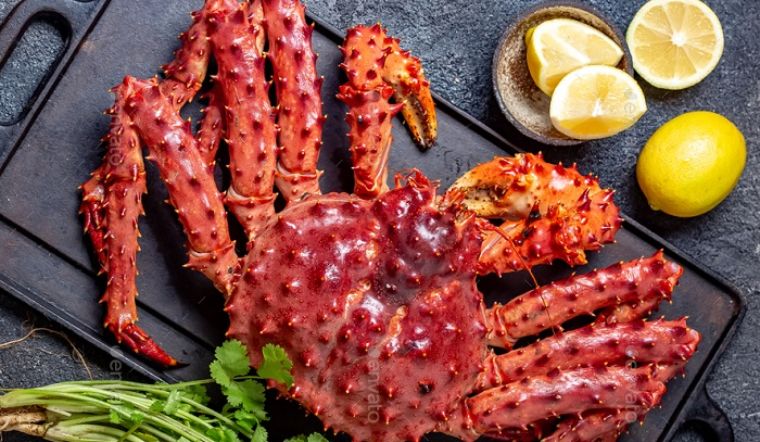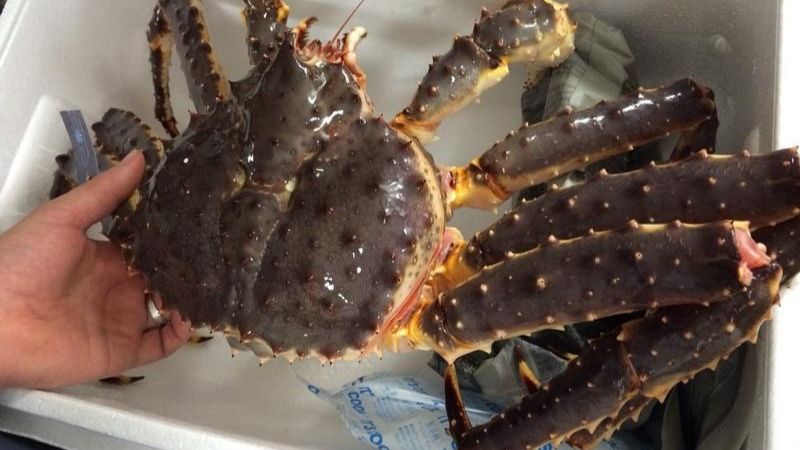Emperor crabs are a popular seafood delicacy known for their delicious taste and attractive appearance. In this article, we will guide you on how to quickly and correctly process emperor crabs.
1 How to choose and buy emperor crabs

How to choose and buy emperor crabs
When buying emperor crabs, it is recommended to choose ones with medium-sized bodies, dark red or yellow color, large and flexible legs, and evenly short and sharp spines. The crabs should feel heavy when held, with the weight being proportional to their size.
If you are purchasing frozen emperor crabs, ensure that they have bright colors, no fishy or foul smell, no signs of rotting, and are not excessively mobile.
2 How to process emperor crabs

How to process emperor crabs
Once you have selected the desired emperor crabs, it is important to keep them in cool places to avoid heat shock. It is recommended to regularly sprinkle water on them to maintain their freshness.
Next, use a sharp knife or pointed nose scissors to pierce the sac below the crab’s apron until it stops moving. Then, remove the ties on the crab’s body.
Afterwards, peel off the crab’s mantle, apron, and soft eggs, while leaving the parts that contain the crab meat. Finally, clean the crab with a small brush, rinse it thoroughly, and allow it to dry.
3 How to store emperor crabs

How to store emperor crabs
After processing emperor crabs, there are a few methods you can use to store them:
- Place the crabs in a food container or vacuum-sealed bag and store them in the refrigerator at a temperature ranging from 0 – 4°C for 2 – 3 days.
- Alternatively, you can store the crabs in the freezer and thaw them for 2 – 3 hours before cooking to ensure the quality of the crab meat.
- If a refrigerator is not available, you can put the crabs in a plastic bag or vacuum-sealed bag, wrap them tightly, and place them in a styrofoam box containing diluted saltwater. Keep the box in a cool location.
These are our suggestions on how to quickly and conveniently process emperor crabs. We hope you find them helpful in properly processing and storing emperor crabs.






































